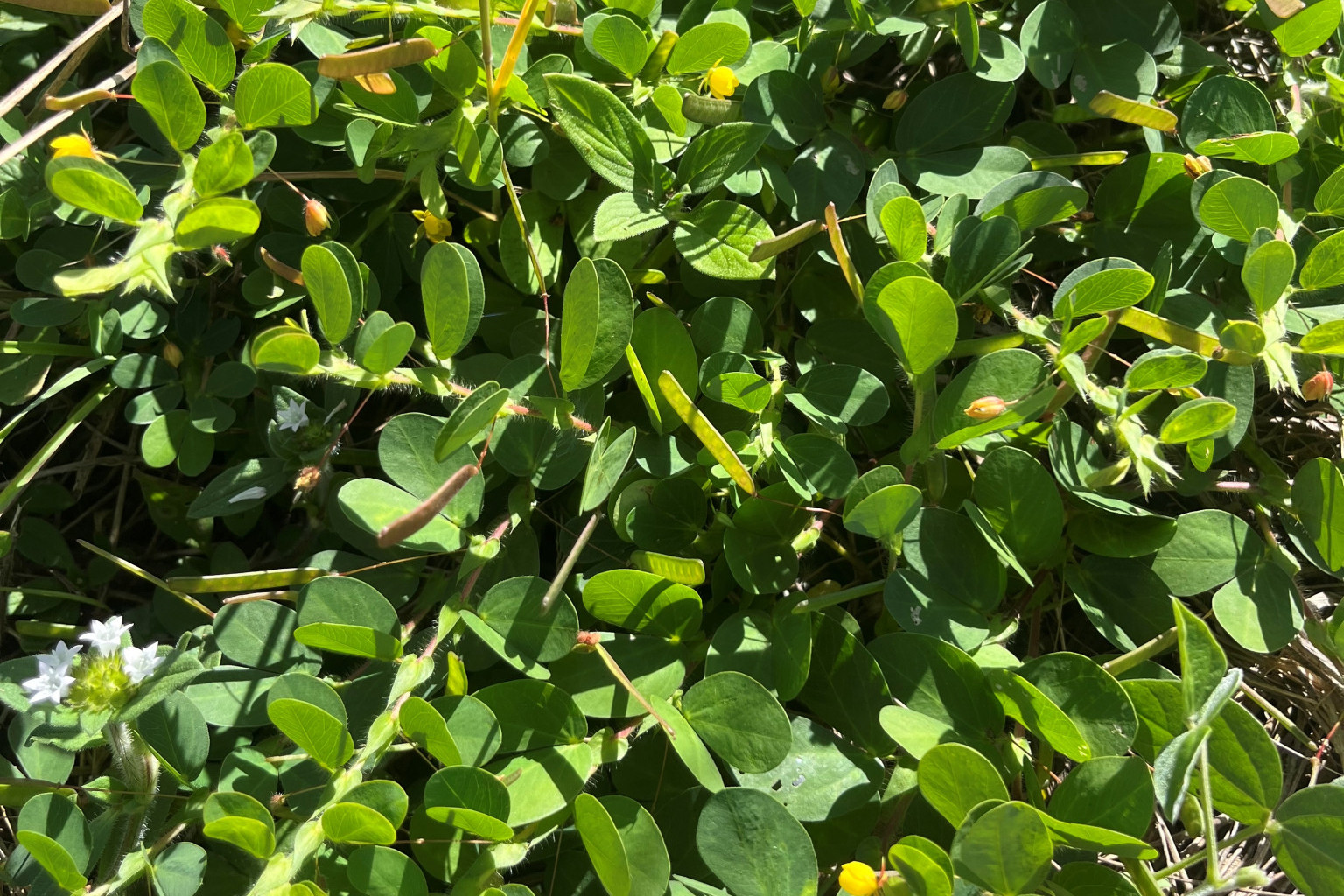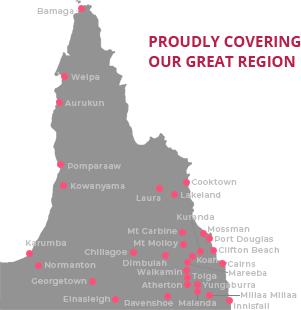General News
9 May, 2025
Probe into ‘invasive’ pasture grass
MAREEBA Shire Council will investigate whether to include wynn cassia grass as an invasive species under its local by-laws.

In a report of the Pest Advisory Committee meeting, council was urged to review the introduced pasture species and its spread.
The concerns were raised by Alan Pederson of Karma Waters Station who said the grass needed to be controlled. Although it had been introduced as a pasture grass, it was “unpalatable to livestock and wildlife”.
The report advised that wynn cassia was located on the Mareeba-Dimbulah Road area and was still being planted and/or promoted as a cattle fodder.
The meeting resolved that shire officers would conduct a more in-depth investigation, with the findings to be reported to the council, which would then consider a local declaration of wynn cassia. The declaration would prohibit the sale and cultivation of the grass within the shire.
The issue would also be passed on to other local government bodies and to the attention of AgForce, so that landholders and beef growers could be made aware of the types of pasture grasses they were planting, and the possible consequences.
A council officer had also advised the meeting of the emerging pest, itch grass, which was initially found at the Barron River bridge near the Edmund Kennedy rest area on the Kennedy Highway.
More recently, it had been discovered in the Eureka Creek area and the Mareeba township and was spreading. Itch grass is registered as an environmental weed.
The highly invasive Gamba grass had also been recorded spreading on the roadside on the western edge from Mareeba to the bottom of the Desailly Range. The grass has been registered as a weed of national significance since 2012.
Introduced from Africa, Gamba grass outgrows and reduces native species and presents a major fire risk. Annual spraying is conducted across the shire.
Other weeds being monitored and treated by the council included:
• Parthenium weed – monthly inspections conducted on all sites.
• Amazon frogbit – efforts are ongoing along Chinaman and Atherton Creeks, Mareeba Lakes, and a private dam in Biboohra, with a significant decrease in the number of plants observed. Bi-monthly inspections were conducted along the Mitchell River on Two Mile Creek.
• Bellyache bush – a monthly site inspection at a Koah site revealed the presence of seven seedlings in December.
• Emu Creek – weed removal of Bellyache bush, Physic nut and rubber vine continues.
• Bellyache bush – assisted Department of Agriculture and Fisheries researchers in the release of the Bellyache bush leaf miner on the Walsh and Palmer Rivers.
• Chillagoe Township – removal of weeds, specifically Chinese apple, Neem Tree and Rubber vine, from Council properties and roadways.
• Miconia – assessment and eradication in the Kuranda region.
• Electric ants – sentinel site assessments conducted at council transfer stations.
• Balaria – has been located and sprayed along roadside managed by the council.
• Navua sedge – management of sedge along the roadside in the Julatten region.
• Giant rats tail grass – roadside spraying along council roadways.
As well as the investigation into Wynn Cassia as an invasive species under local laws, the council has also committed to a review of its Biosecurity Community Plan 2020-2025 and whether to include feral deer and wild horses/brumbies.
It will also make inquiries to Biosecurity Queensland about moth control of Rubber vine and report back to the next Pest Advisory Committee meeting.
The Pest Advisory Committee includes representatives from both Mareeba and Tablelands councils, Department of Resources, Wet Tropics Management Authority, Nguddaboolgan Native Title Aboriginal Corporation, Barbarrum Aboriginal Corporation and Kuranda Conservation.


